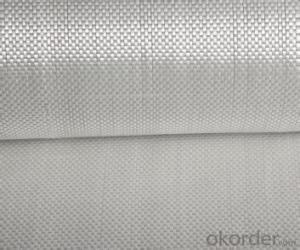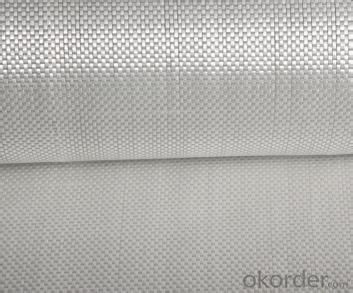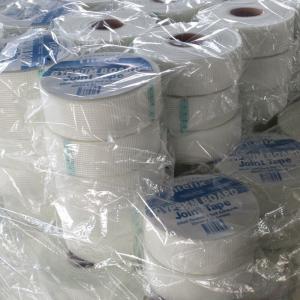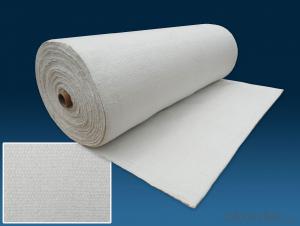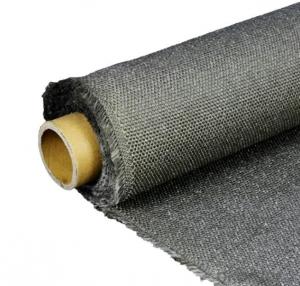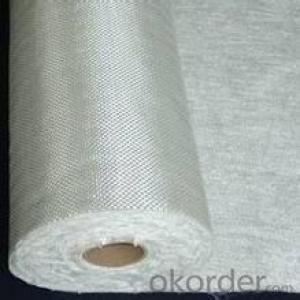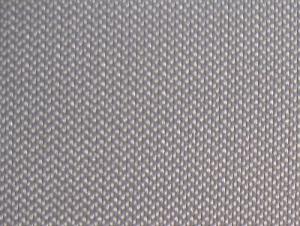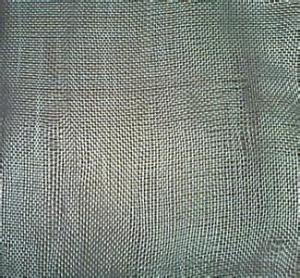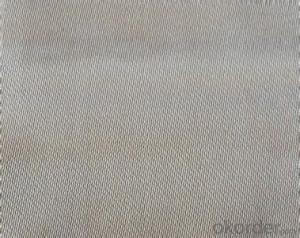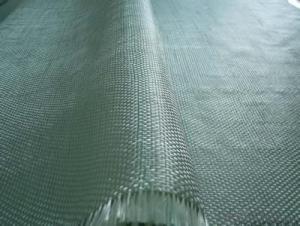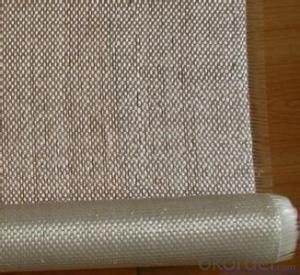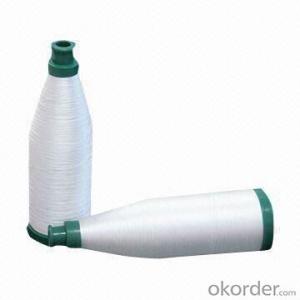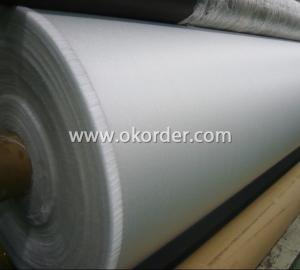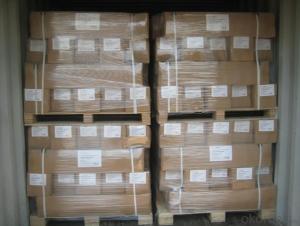Fiberglass Fabrics from Thailand Supplier - Fiber Silica Cloth 260 Grams/M2
- Loading Port:
- China Main Port
- Payment Terms:
- TT OR LC
- Min Order Qty:
- -
- Supply Capability:
- -
OKorder Service Pledge
OKorder Financial Service
You Might Also Like
Quick Details
| Place of Origin: | Model Number: | ||||
| Surface Treatment: | Weave Type: | Yarn Type: | |||
| Alkali Content: | Standing Temperature: | Silicone Type: | |||
| Application: | Type: |
Packaging & Delivery
| Packaging Detail: | Cartons or Customized |
| Delivery Detail: | as the contract |
Specifications
high silica cloth
1.Temperature Resistant
2.Long using life upto 10 years
3.Electric insulation
high Silica Coated Fiberglass Fabrics cloth
Silicone coated (impregnated) fiberglass fabrics are made of fiberglassbasic fabrics coated or impregnated with specially compounded silicone rubber on one or both sides. It has a lot of advantages such as high strength, fire retardant, high temp. resistance, chemical resistance, none-penetrative, non-toxic and so on.
Properties:
--Used in temperature from-70°C to 300°C
--Ozone, oxide, light and weathering aging resistance, excellent weather ability used in outdoors and ages can be reached to 10 years.
- Q: Can fiberglass fabrics be recycled or repurposed?
- Yes, fiberglass fabrics can be recycled or repurposed. Fiberglass is a versatile material that can be broken down and reused in various ways. One common method of recycling fiberglass is to grind it into a powder and then use it as a filler material in composite products such as concrete, insulation, or even new fiberglass products. This process reduces waste and allows for the reuse of fiberglass materials. Additionally, fiberglass fabrics can also be repurposed by cutting them into smaller pieces and using them for insulation or as reinforcement in other materials. These repurposed fabrics can be used for various applications such as automotive parts, boat repairs, or even art and craft projects. Overall, the recycling and repurposing of fiberglass fabrics help to minimize waste and make better use of this durable material.
- Q: Problems in making FRP models and models
- The bottom and the canopy, this can be directly on the bottom mold the glass fiber cloth can pave the way. Glass fiber cloth can be bent into irregular surface to a certain extent. But this seems to be called "stretch", but change it in different position of the mesh density. In other words, so make the canopy around the grid the top of the grid density, density is small.
- Q: Can fiberglass fabric be used for making backpacks or luggage?
- Yes, fiberglass fabric can be used for making backpacks or luggage. It has excellent strength and durability, making it suitable for heavy-duty applications. Additionally, fiberglass fabric is resistant to water and abrasion, which adds to its suitability for backpacks and luggage that may be subjected to rough handling and outdoor conditions.
- Q: How does fiberglass fabric perform in terms of fire resistance?
- Fiberglass fabric is known for its excellent fire resistance properties. Due to the nature of its composition, which consists of woven glass fibers, it has a very high melting point and does not ignite easily. When exposed to flames, fiberglass fabric does not burn or release toxic gases, making it suitable for various applications where fire safety is crucial. Additionally, fiberglass fabric has a self-extinguishing property, meaning that it stops burning once the heat source is removed. This characteristic helps prevent the spread of fire and contributes to the overall safety of the environment. Moreover, fiberglass fabric has a low thermal conductivity, which means it does not conduct heat well. This property helps to contain the fire and reduces the risk of its propagation. The fabric also provides a barrier between the heat source and the surrounding area, minimizing the transfer of heat and offering protection to adjacent materials. Overall, fiberglass fabric is highly regarded for its exceptional fire resistance properties, making it a preferred choice in industries such as aerospace, automotive, construction, and firefighting.
- Q: Are fiberglass fabrics prone to fading or discoloration over time?
- Yes, fiberglass fabrics are generally not prone to fading or discoloration over time. They are known for their durability and resistance to fading, making them a reliable option for long-term use.
- Q: Can fiberglass fabric be used for reinforcement in swimming pools?
- Yes, fiberglass fabric can be used for reinforcement in swimming pools. It is a durable and lightweight material that is commonly used in the construction and maintenance of pools to provide added strength and support.
- Q: Are fiberglass fabrics suitable for use in the renewable energy sector?
- Yes, fiberglass fabrics are suitable for use in the renewable energy sector. They possess excellent thermal and electrical insulation properties, making them ideal for applications such as wind turbine blades, solar panel components, and insulation for renewable energy infrastructure. Additionally, fiberglass fabrics are durable, lightweight, and resistant to environmental factors, making them a practical choice for various renewable energy projects.
- Q: How does fiberglass fabric compare to other types of fabrics?
- Fiberglass fabric stands out from other types of fabrics due to its unique properties. It is highly durable, fire-resistant, and can withstand extreme temperatures. Additionally, it is lightweight, flexible, and offers excellent insulation properties. However, fiberglass fabric is less comfortable compared to natural or synthetic fabrics, and it may be less breathable. Overall, its exceptional strength and resistance make it a preferred choice for applications requiring high-performance fabrics.
- Q: What are the different weight options for fiberglass fabric?
- Fiberglass fabric comes in various weight options, which determine its thickness and density. Manufacturers and intended applications can influence the weight options available. Fiberglass fabric weight is typically measured in ounces per square yard (oz/yd²) or grams per square meter (g/m²). Different weight options for fiberglass fabric exist, depending on the manufacturer and intended use. Common weight options include 1.5 oz/yd², 3 oz/yd², 6 oz/yd², 9 oz/yd², and 18 oz/yd². These weights indicate the number of fiberglass strands per unit area, with higher weights indicating a denser fabric. Lighter weight fiberglass fabrics, like 1.5 oz/yd², find application in projects requiring flexibility and a smooth finish, such as surfboards, model airplanes, and lightweight structures. The automotive industry also commonly utilizes them for interior parts or as reinforcement in composite materials. Medium weight fiberglass fabrics, ranging from 3 oz/yd² to 9 oz/yd², serve general-purpose applications, including boat building, mold making, and repairing or reinforcing structures. These weight options strike a balance between flexibility and strength, making them suitable for a wide range of projects. Heavier weight fiberglass fabrics, such as 18 oz/yd², come into play when maximum strength and durability are necessary. They find common use in industrial applications like tank and pipe wrapping, as well as in the construction industry for reinforcing concrete or other structural elements. It is important to consider that the weight of fiberglass fabric is just one factor to contemplate when choosing the appropriate fabric for a specific application. Other factors, like weave pattern, resin compatibility, and intended use, should also be taken into account to ensure the desired performance and outcome.
- Q: What is fiberglass sound absorption board?
- Glass fiber sound absorbing board, referred to as glass wool or soundproof cotton
Send your message to us
Fiberglass Fabrics from Thailand Supplier - Fiber Silica Cloth 260 Grams/M2
- Loading Port:
- China Main Port
- Payment Terms:
- TT OR LC
- Min Order Qty:
- -
- Supply Capability:
- -
OKorder Service Pledge
OKorder Financial Service
Similar products
Hot products
Hot Searches
Related keywords
